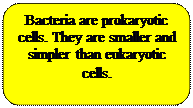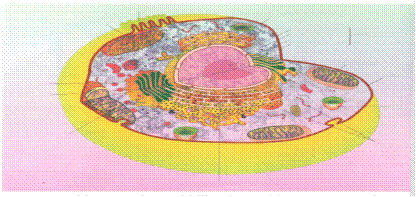
РЕЗОЛЮЦІЯ: Громадського обговорення навчальної програми статевого виховання
ЧОМУ ФОНД ОЛЕНИ ПІНЧУК І МОЗ УКРАЇНИ ПРОПАГУЮТЬ "СЕКСУАЛЬНІ УРОКИ"
ЕКЗИСТЕНЦІЙНО-ПСИХОЛОГІЧНІ ОСНОВИ ПОРУШЕННЯ СТАТЕВОЇ ІДЕНТИЧНОСТІ ПІДЛІТКІВ
Батьківський, громадянський рух в Україні закликає МОН зупинити тотальну сексуалізацію дітей і підлітків
Відкрите звернення Міністру освіти й науки України - Гриневич Лілії Михайлівні
Представництво українського жіноцтва в ООН: низький рівень культури спілкування в соціальних мережах
Гендерна антидискримінаційна експертиза може зробити нас моральними рабами
ЛІВИЙ МАРКСИЗМ У НОВИХ ПІДРУЧНИКАХ ДЛЯ ШКОЛЯРІВ
ВІДКРИТА ЗАЯВА на підтримку позиції Ганни Турчинової та права кожної людини на свободу думки, світогляду та вираження поглядів
- Гідрологія і Гідрометрія
- Господарське право
- Економіка будівництва
- Економіка природокористування
- Економічна теорія
- Земельне право
- Історія України
- Кримінально виконавче право
- Медична радіологія
- Методи аналізу
- Міжнародне приватне право
- Міжнародний маркетинг
- Основи екології
- Предмет Політологія
- Соціальне страхування
- Технічні засоби організації дорожнього руху
- Товарознавство продовольчих товарів
Тлумачний словник
Авто
Автоматизація
Архітектура
Астрономія
Аудит
Біологія
Будівництво
Бухгалтерія
Винахідництво
Виробництво
Військова справа
Генетика
Географія
Геологія
Господарство
Держава
Дім
Екологія
Економетрика
Економіка
Електроніка
Журналістика та ЗМІ
Зв'язок
Іноземні мови
Інформатика
Історія
Комп'ютери
Креслення
Кулінарія
Культура
Лексикологія
Література
Логіка
Маркетинг
Математика
Машинобудування
Медицина
Менеджмент
Метали і Зварювання
Механіка
Мистецтво
Музика
Населення
Освіта
Охорона безпеки життя
Охорона Праці
Педагогіка
Політика
Право
Програмування
Промисловість
Психологія
Радіо
Регилия
Соціологія
Спорт
Стандартизація
Технології
Торгівля
Туризм
Фізика
Фізіологія
Філософія
Фінанси
Хімія
Юриспунденкция
BIOLOGY OF THE CELL
You and all other organisms are made up of cells. Cells are the building blocks of organisms. They form the parts of organisms and carry out all of an organism's processes and functions. They are very complex structures which are also called the micro-universe. Because of its small size, however, the cell's structure has not yet been fully understood. Scientists are still carrying out research on cellular systems. Our bodies are composed of trillions of cells. Every adult human body contains about 100 trillion cells. But these cells are very small. When a million of our body cells are gathered together, they occupy a space no bigger than a pinpoint.
There are 200 different types of cells in our bodies. In fact, all of these cells are composed of identical components, yet each performs a different task. For example muscle cells in your legs enable you to walk and run. Your blood cells transport oxygen to your body cells. Skin cells, on the other hand, are clumped together and closely arranged in a line. So your skin is a barrier to microbes and water.
When you describe the structure of an object, you describe what it is made of and how its parts are put together. According to their structure, cells are divided two types: prokaryotic cells and eukaryotic cells.
Procaryotic cells: pro- means before; karyo-means nucleus. Prokaryotic cells do not have a nucleus or membrane-bound organelles such as vacuoles, mito- chondria, or lysosomes. Bacteria are prokaryotic cells.
Eukaryotic cell: eu-means true; karyo-means nucleus. This cell type has a true us. All organisms except bacteria have eukaryotic cells.


 |


The structure of the eukaryotic cell.
Eukaryotic cells are much more complex than prokaryotic cells. They perform chemical activities, much like a factory. Here, we greatly summarize their re and functions. Eukaryotic cells have 3 main parts.
They are: 1) cell membrane; 2) cytoplasm; and, 3) the nucleus,
Some other structures are also found in eukaryotic cells.
 |







Читайте також:
| <== попередня сторінка | | | наступна сторінка ==> |
| THE MICROUNIVERSE | | | Cell membrane |
|
Не знайшли потрібну інформацію? Скористайтесь пошуком google: |
© studopedia.com.ua При використанні або копіюванні матеріалів пряме посилання на сайт обов'язкове. |